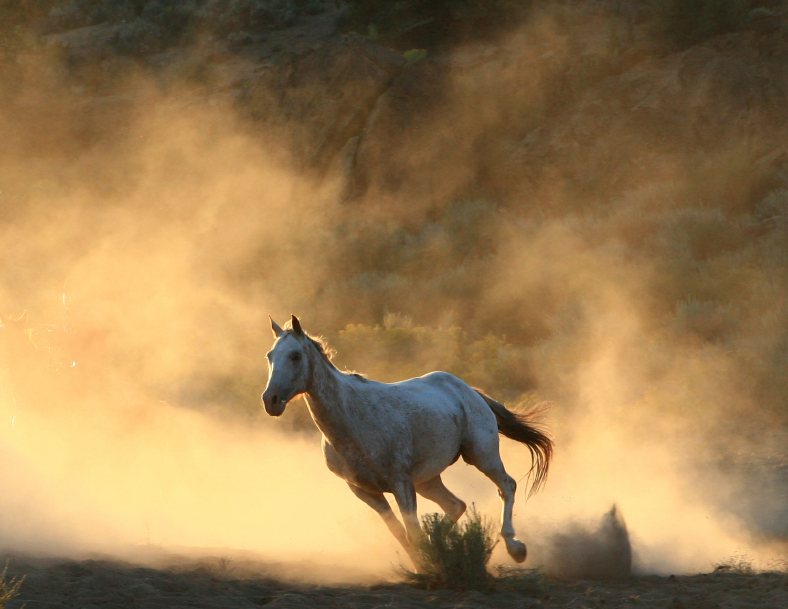Many of you are getting into photography with one style in mind. Maybe you want to focus your efforts on headshots or portraits, cityscapes or abandoned buildings. Maybe you want to focus your time on nature and animal photography. Others may be interested in focusing primarily on black and white abstract photographs. The possibilities and niches within photography are endless.
In this lesson our aim is to give you a better understanding of each subsection of photography. While many of you will know what area of photography interests you most, it’s still important to learn about all of the different photographic styles. This is because there are technical details in each style which overlap with the other styles. It also makes you a well-rounded photographer with knowledge of how to shoot many different styles under many different conditions.
Landscape Photography:
Scenery is the subject of a landscape image. Usually people or animals are not shown in a landscape photograph. Similarly, city skylines and oceans are generally not shown. To purists these would be called “cityscape” and “seascape” respectively. Landscape photographs are supposed to be just that; landscapes.
Three major styles of landscape photography:
- Representational (also known as straight descriptive style)
- Impressionistic
- Abstract
Representational:
Representational landscapes are the most natural and realistic out of all the styles of landscape photography. They approach landscape photography with a “what you see is what you get” mentality. No props or artificial components are added. However special attention is paid to the framing, lighting and composition of the image.
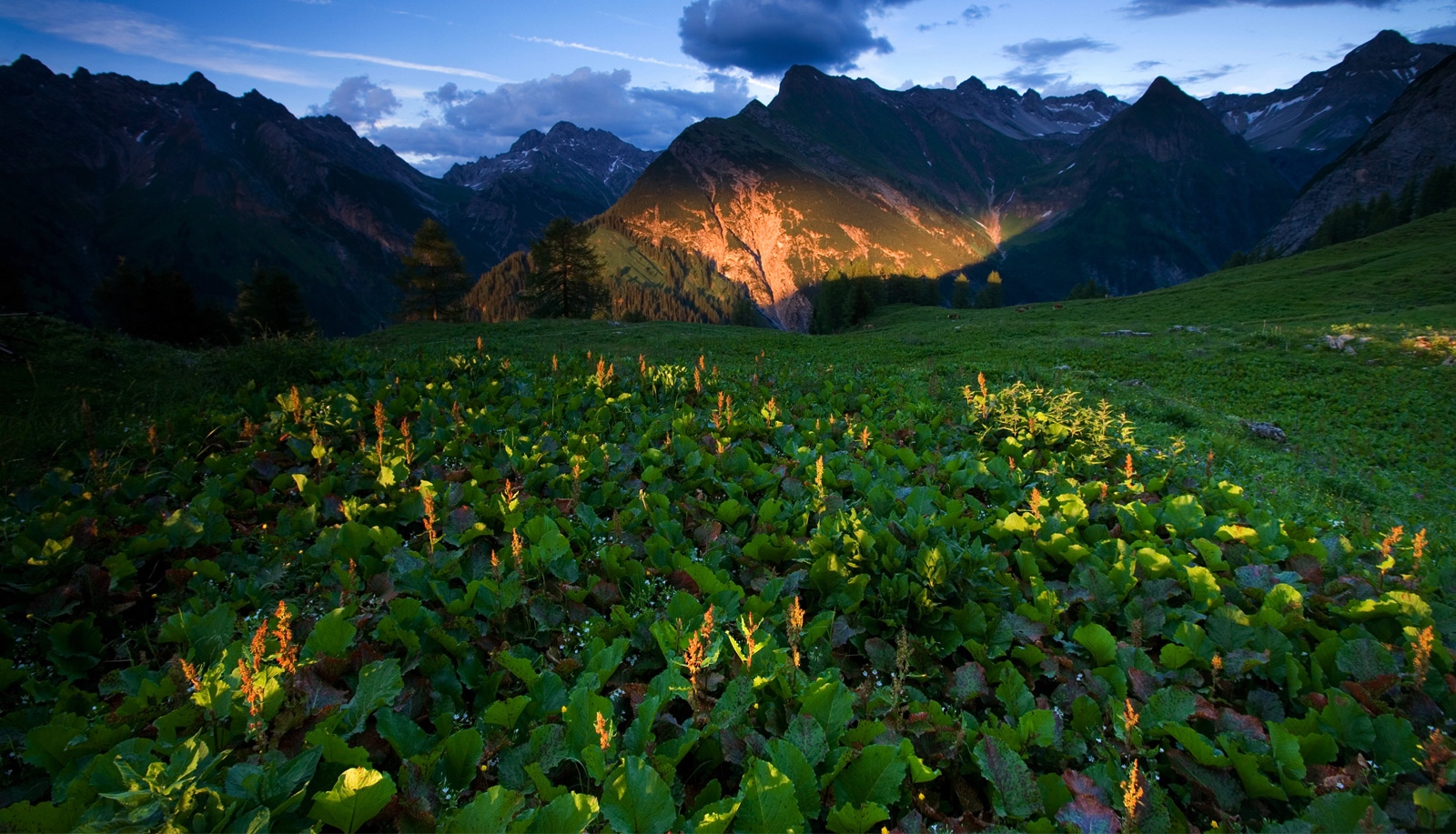
Impressionistic:
An impressionistic landscape carries with it a vague or elusive sense of reality. These photographs will make the landscape seem more unreal. The viewer is giving the “impression” of a landscape rather than the true representation of one.
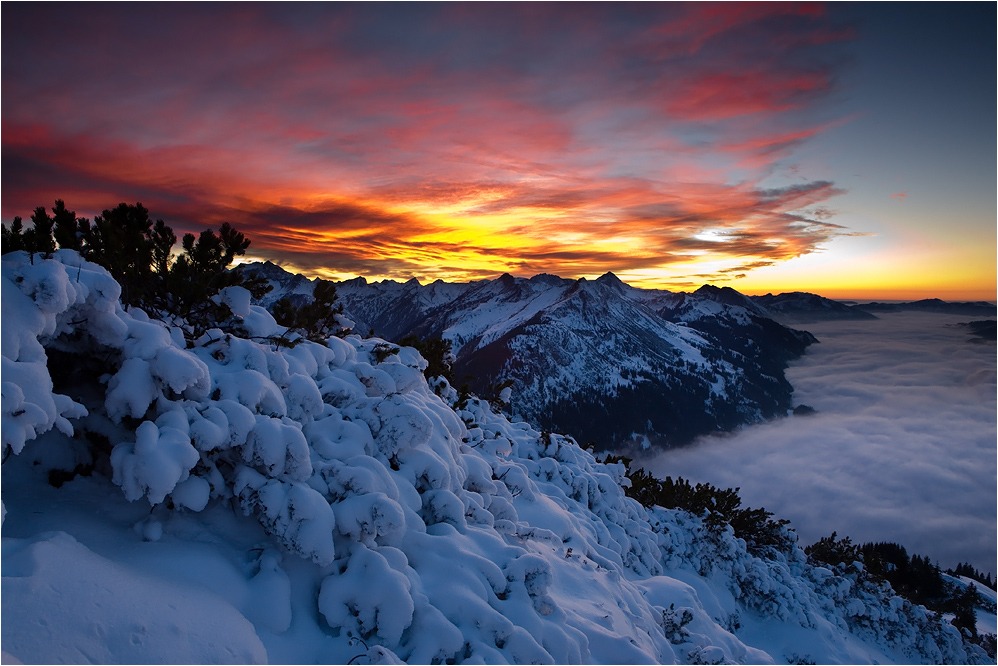
Abstract:
Abstract landscape photographs use components of the scenery as graphic components. With abstract landscape photography, design is more important than a realistic representation of what is seen. The photographer may place emphasis on something which seems counterintuitive to place emphasis on. They may make use of silhouettes or other lighting techniques to highlight shape or they may focus in on only one area within the landscape itself.

Landscape Photography Techniques
Landscape photography is a style of photography that many photographers prefer. It gets you outdoors and seeking the adventure of finding the perfect shot, from the best vantage point during the best lighting conditions. By the time you find your perfect spot, it’s a race against time as the lighting changes or the clouds move in. If your shot changes too much, you’ll need to rethink your photograph concept.
People love landscape photography because it puts them in contact with nature. It gets them actively outdoors and enjoying our beautiful earth. It gives us a renewed appreciation for this wonderful planet we inhabit and all of its finer details. Below we’ve outlined some important technical considerations when taking landscape photographs.
Maximize your depth of field
While it’s not a rule that’s set in stone, using a large depth of field is a great way to showcase the beauty in the details of your photographs. Remember, to increase your depth of field you need to choose a higher “f-number” (smaller aperture opening). This will allow you to capture the greatest detail at the greatest length. However because less light will be coming into your camera due to the smaller opening, you’ll require a longer shutter speed time, a higher ISO film or a combination of both depending on your lighting conditions.
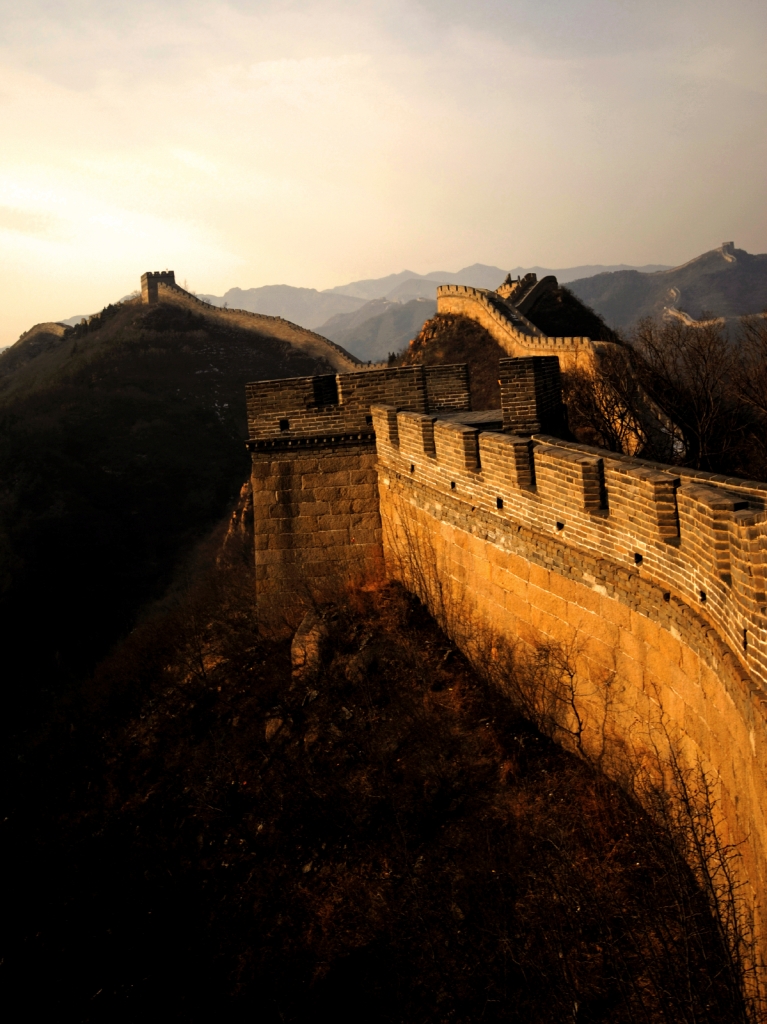
Use a tripod
In using a higher aperture number (smaller opening), less light will be allowed through to the film and you will likely need to use a slower shutter speed setting. If you’re not careful and you use your camera from a hand held position, you will run an almost unavoidable risk of having a bit of camera shake. Consequently, even the slightest movement will lead to a unfocused picture so be sure to use a tripod.
While it may not be noticeable to you initially, once your eye gets trained to look for the slightest details of imperfection within a photograph you’ll start to get annoyed with even the slightest blurring of your landscape photographs.
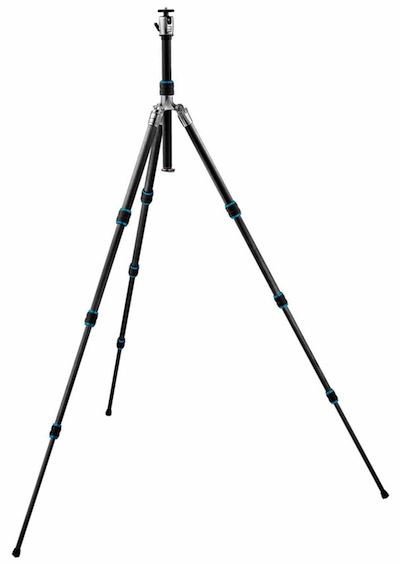
Use a focal point
Another major mistake in landscape photographs is that the photographer doesn’t give their viewers eye anywhere to rest. The absence of a focal point will increase the chances of your photograph receiving nothing more than a quick glance over. Even if you place your focal point in the distance as a small detail, at least it gives the eye somewhere to rest while it’s not browsing the rest of the photograph.
Think foregrounds
Foregrounds are the key to good landscape photography. They are also great places to put your focal points. A well constructed foreground not only gives the viewer’s eye an opportunity to effortlessly enter the photograph, but foregrounds also create a sense of depth to your shots. Moreover, they help create the feeling of being present in the shot.
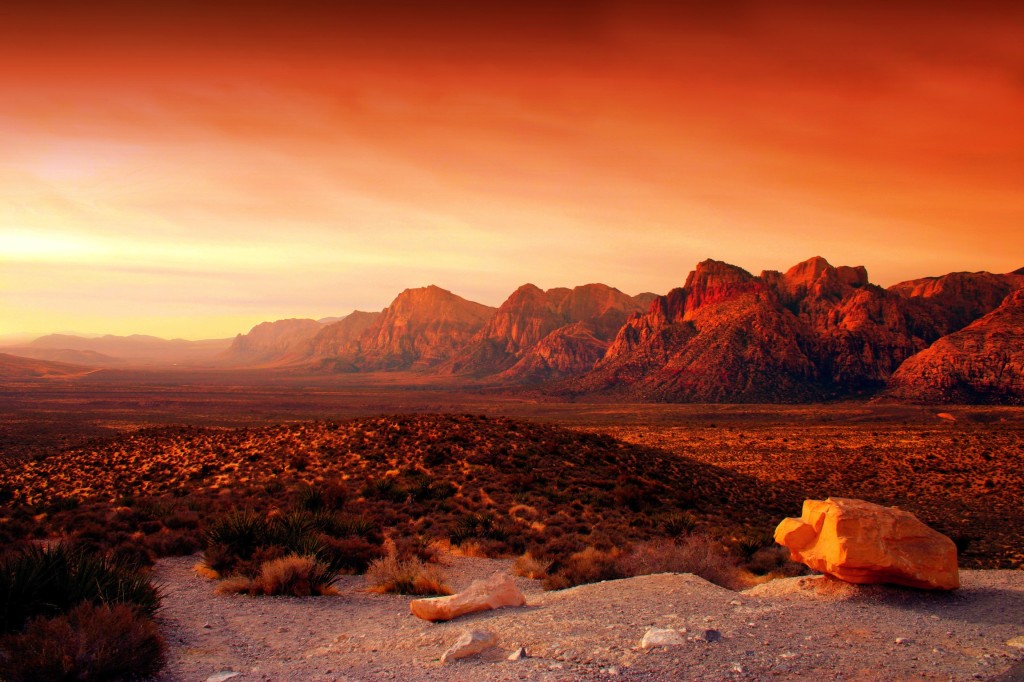
Use the sky to your advantage:
As we spoke about earlier, if your sky has dramatic clouds and color, consider dedicating the top two-thirds of your photograph to it. If on the other hand your sky isn’t that interesting then ensure your foreground is interesting and designate more of the frame to it. Landscape shots which lack an interesting sky and an interesting foreground are usually fairly boring to look at.
![]()
photo by graeme
Lines
Using lines are a great way to lead your viewer’s eye into a photograph and allow their eyes to travel around the photograph after that point. They also help create depth and scale. Not only that, but they can also be a point of interest in and of themselves.

Capture movement
Most people think of landscapes as still, motionless scenes, however this simply isn’t the case. Think about slowing down your shutter speed to capture things like flying birds, moving clouds, waves, swaying trees and so on.
Adding movement to your photographs can be a great way to add a dramatic element to your landscape photography.
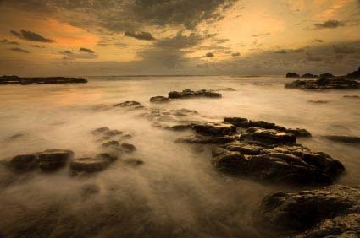
Work with weather, not against it
Most landscape photographers will have their own favorite lighting conditions. Some landscape photographers prefer partially cloudy skies so they can take advantage of both the cloud cover and sun. Others want bright blue skies and sun, while still others want the sun on it’s way down and the sky full of clouds. There is no “right” weather for landscape photography, only different styles which can be used to capture dramatically different landscape shots. Too many landscape photographers look simply for bright blue skies and sun. However, cloud formation can be just as interesting in landscape photographs. Landscape images with dark and stormy rain clouds can really help set the mood with ominous overtones. Look for wind, mist, storms, dramatic clouds, sun shining through dark skies, sunsets (and sunrises), rainbows and so forth and work with these variations in the weather rather than waiting for the next sunny, blue sky day.
Work the golden hours
Landscapes come alive during both dusk and dawn. There are many landscape photographers who don’t even shoot during the afternoon hours because they want to capture the varying colors of light in the morning and at night. These hours are also great because the sun either hasn’t risen/set yet or is on an extreme angle which creates beautiful patterns and helps bring out interesting textures from side lighting.
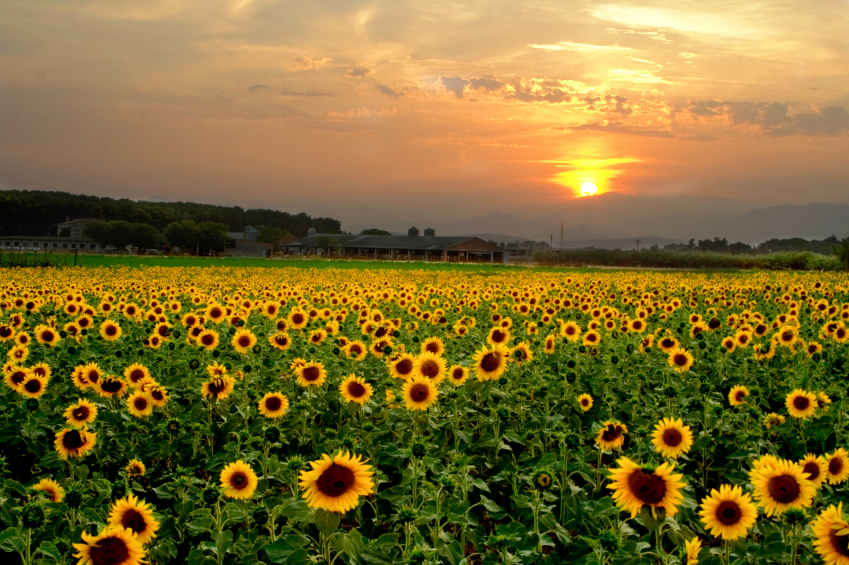
Change your point of view
Consider changing your point of view for your landscape shots. Too often landscape photographers are happy with their position at the side of the road. They take their shot standing up and are far too focused on what’s in the distance. Try getting closer to the ground, climb a tree, do anything to experiment with your point of view. It’s the easiest of photographic elements to change, it’s free and can have the most dramatic altering effect of any of photography’s compositional elements. Strangely, it remains embarrassingly underused in the realm of photography.
Portrait Photography
A face devoid of love or grace,
A hateful, hard, successful face,
A face with which a stone
Would feel as thoroughly at ease
As were they old acquaintances,
First time together thrown.
“A Portrait” by Emily Dickinson
The secret to good portrait photography is getting to know your subject. Portrait photography isn’t simply lighting a human head properly then getting that person to say “cheese” while taking the picture. We are all used to this style of photography from our school days. A photographer would come in, sit us down, position us, work behind the camera for a bit and “flash”, it’s over. However, this is by no means portrait photography.
The purpose of portrait photography is to capture the personality of someone. A good portrait photographer will be able to show friends and family of their subject the pictures they took and the response should be “oh my, that is very much like Henry” or “that is his famous hand gesture and facial expression”.
A portrait is about getting to know a character and then catching them in a moment. As a photographer, it’s very challenging to get to know someone in such a short period of time. You’ll have to ask the right questions (without prying), study your subject (without being obvious) and have the camera ready at all times in case one of these magic moments happen to pop up.
Your goal is to capture a person’s physical likeness on film. You will do this by using the proper equipment, but you will also try to capture their expressions and body language. A character does not need to smile for a portrait to be successful. Sometimes a thoughtful look will be more representative your subject’s character.
Take a look at the following portraits for example:

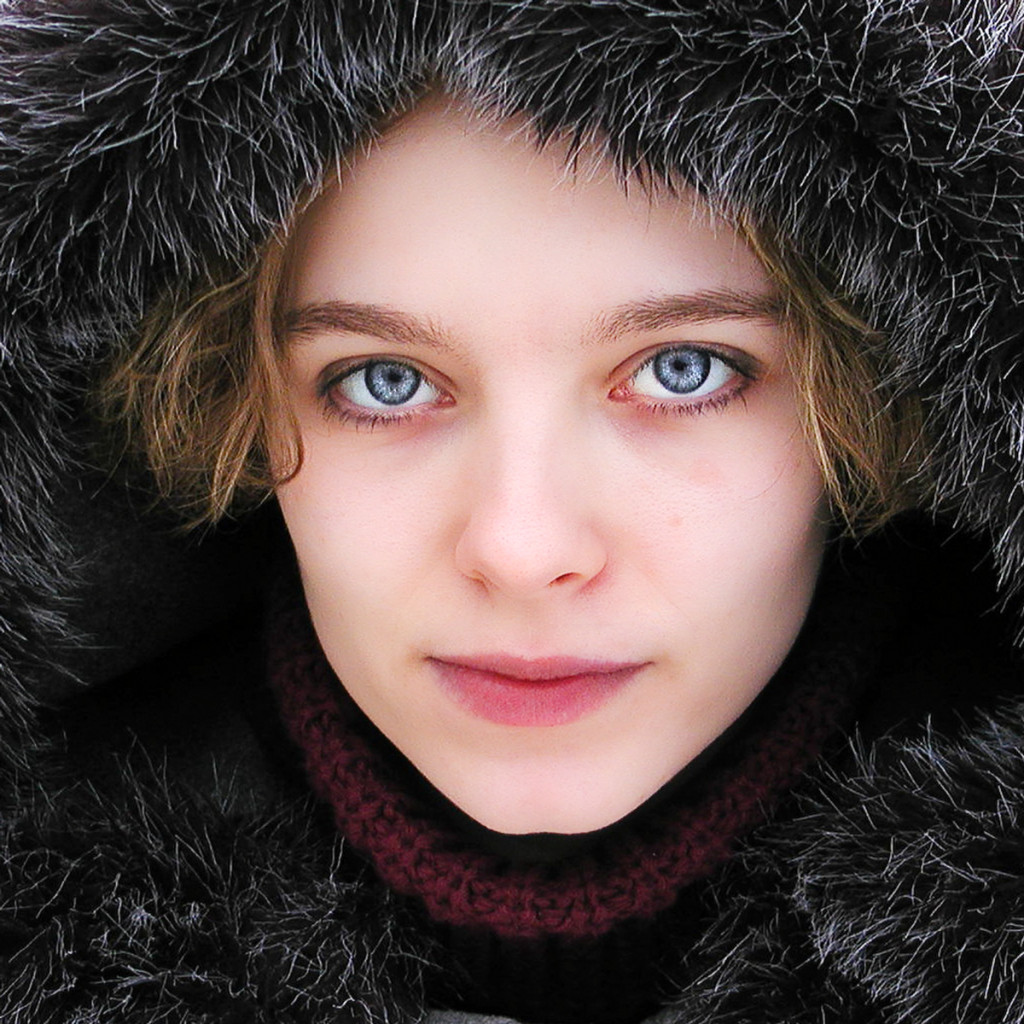
Tips for Creating a good Portrait
Below are some great tips for creating visually pleasing portrait photographs.
- You should position the body and head facing different directions.
- Male pose: tilt the top of the head towards the far shoulder.
- Female pose: tilt top of head toward near shoulder. Women can usually tilt their head in the male pose position as well.
- Don’t show the flat surfaces of hands. Instead show the edges of the fingers.
- Fingers should not be facing into the lens.
- Bend fingers at all joints.
- Male hands should be more closed. Female hands should be more open.
- Use opposing diagonals. I.e. head resting on arm; each pointing in opposite directions.
- Fingers should not be intertwined.
Technical considerations
As we mentioned earlier a good portrait will contain at least one element which will expose the subject’s personality. It could be their attitude, unique mannerisms, or a visual characteristic or trait which shows their individual nature.
When you’re looking for the ideal portrait shot, there are some technical considerations you should be aware of. Firstly, to compose a good portrait you should shoot eye level with the subject. This creates a personal and realistic representation of the individual being photographed. You should be sure to use a quick shutter speed as you’re going to be trying to capture their facial expressions or gestures as they happen. Slow shutter speeds could mean you’ll miss the shot you were looking for.

As far as lighting goes you should use soft and off camera lighting. A large window facing the subject works well as do artificial lights in the same position. Be very careful of shadows and be prepared to use reflectors or secondary lights to help fill in any areas which have too many shadows or are too dark. Shadows are often the main enemy of portrait photographers. Look at what happens when you’re not careful about lighting.
As far as portrait backgrounds go, you generally have two options. You can shoot indoors and use a backdrop. This backdrop should be simple enough to avoid drawing away attention from your main subject(s) while also complementing their choice of clothes and attitude. The backdrop must separate your subject from your background. A gray background with a subject wearing gray clothing would not be ideal.
Your other option is shooting in the subject’s natural environment. These are often called “environmental portraits”, not because they are located outdoors, but because they are located in the natural environment of the subject. This could be in the office, at school, at a ranch, in their living room etc. When shooting environmental portraits you need to be extra careful not to include distracting background elements. It often takes great practice choosing the right aperture. You want to use a depth of field which keeps the background recognizable without allowing it to overpower your subject. The background should just provide context.
As far as lenses go, you should use a fast telephoto lens with a very short depth of field. Your subject’s eyes and nose should be as sharp as possible but any other distracting background elements should be removed. If you want to slightly flatten your subjects facial features you will want to stand about 10 to 15 feet away so their nose isn’t significantly closer to you than the rest of their face. Typical portrait lenses are between 90mm and 135mm. Many fashion photographers use huge telephoto lenses (300mm to 600mm) and use walkie talkies to communicate with their models.
Still Life photography
Still life photography is the capturing of inanimate subject matter. Working with still life photography is a lot of fun. It allows you, the photographer, the freedom to arrange the elements of the photograph however you wish. Unlike landscape or nature photography, still life photography allows the photographer to set the stage for the impression they are trying to create.
There are countless techniques that you need to master to become a good still life photographer. These techniques can be transferred over to other areas of photography as well.
To be a good still life photographer you need to have an excellent sense of lighting and composition. Often the still life photographer’s role is placed on photograph creation not photograph taking. Still life photographs can range in meaning from commercial (advertising photography) to deeply meaningful and personal shots of various objects. Likewise, the size and scope of the photograph is up to the photographer to determine. A still life photograph can incorporate as many objects as possible or as few as possible. It could be an object that fits nicely in the palm of your hands or it could be an arrangement of objects in an old abandoned room.
Playing around with still life photography can really sharpen your skills as a photographer and we urge you to spend a lot of time in this area because it allows you to take your time with framing and composition as well as experiment with lighting. Time is often not a factor, making it a great way for photographers to learn the fundamentals of photography. If you look through any major magazine, you’ll likely be bombarded with breathtaking still life images from great photographers. They may range in scope from food advertisements to furniture or decorative advertisements. One of the best things you can do as an amateur photographer is look through these magazines and find still life images that you find striking. Carefully study the lighting and composition. Pay special attention to the use of colors. Notice which colors are chosen and how it relates to the section you learned on color theory.
Simplicity is the key to still life photography. It is often the key to many types of photography but you’ll refine your ability to simplify your photographs by learning to take great still life photographs. Focus on one main object and place secondary objects around the main object.
When looking for still life subjects to shoot, start with what interests you. Use subjects related to your hobbies (i.e. sports equipment, cooking utensils, gardening equipment etc). Still life photography should express a clear idea and should be easily interpreted by the viewer. Shooting still life is not simply about shooting objects with ease. You should still organize a theme.
Next find a pleasing backdrop. Professional photographers often have access to great backdrops. However, you don’t need to spend a large sum of money to get interesting backdrops. Try photographing your still objects using fabric you have lying around the house.
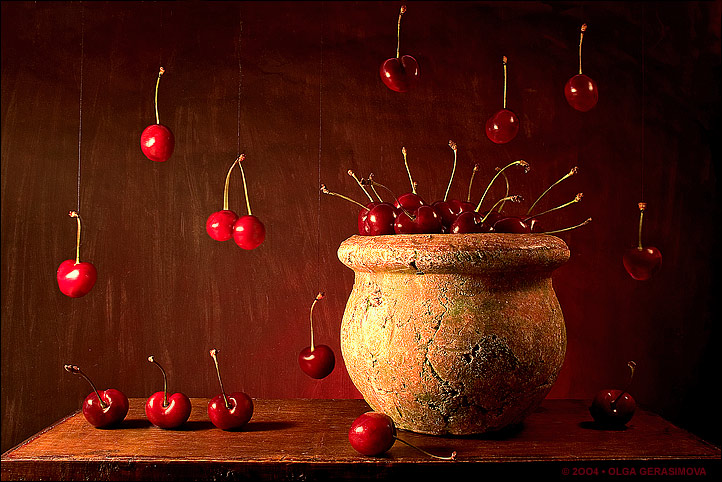
Alternatively you can use a natural backdrop as your setting. If you are taking a photograph of your cooking utensils you can use a simple kitchen scenario as your backdrop. Just remember to set your depth of field to the appropriate setting and you’ll be okay.
Abstract photography
Abstract photography is often not a realistic representation of the world around us. The abstract photographer is usually much more interested in creating shape, causing alarm, asking questions, and breaking the rules of photography, rather than looking to capture the decisive moment, or a landscape with great clarity. Abstract photographers often make secondary elements their primary photographic elements such as shape, color or pattern.
Understanding the True Art of Abstract Photography
Abstract photography is unlike most other types of photography. Rules, such as composition and accurate focusing hold no values. The abstract photographer uses their creative imagination to create stunning works of art.
What is Abstract Photography?
As we stated earlier, abstract photography is less interested in portraying reality and more interested in color and patterns in shapes that together create an image. With abstract photography you don’t necessarily need a clearly defined main subject or particular meaning attached to the photograph. Abstract photography allows the viewer to interpret the work however they wish. It is left to the imagination. With abstract photography, you must focus more on textures, depth and colors rather than on any specific subject. From an art perspective, an awakening of the senses to elements such as texture, color, shape, and pattern is most often the result.
If you are looking to try a new form of photography, abstract photography will certainly be an enjoyable challenge and very rewarding.
You can create abstract photography in the following ways:
- Exaggerate shutter speed
- Exaggerate depth of field
- Emphasize texture
- Emphasize color
- Macro photography – (i.e. also called “close up” photography)
Some kinds of macro photography can be considered abstract. Close-ups of flowers and other plant life will make great abstract subjects. As with shooting water – macro abstracts should be cropped tightly and the image should have a theme of color.
Everywhere we go we are surrounded with color, textures and patterns. Patterns make for great abstract images. New patterns are formed by nature every day and this is the best place to start to create remarkable abstract photographs.

There are few guidelines for creating good abstract images, just use your imagination along with the natural world to create your masterpiece.
Nature photography
Nature photography is different from landscape photography because while landscape photography tends to focus on the whole of a landscape, nature photography will simply focus on smaller elements within the landscape (such as a bird or a plant).
With nature photography you need to spend time getting to know your subject. If you’re photographing a bird, it’s important you know their behaviour. How close can you get before they get spooked? Do they travel together? Where can they be found? How strong of a zoom are you going to need to be able to focus on the details of the bird? Are they only in the area certain seasons?
Where still life photography is a great way to practice your composition skills, nature photography is often a great way to practice your patience since nothing sits still in nature and you can’t ask plants or animals to pose, change position or arrange any of the background elements. Often a shot will change from great to bad in the blink of an eye. As a nature photographer you’ll need to practice being ready, being patient and being not getting too disappointed when you’ve missed a great shot.
Nature photography is a great way for photographers to get outdoors and incorporate some adventure into their lives. Often you’ll be waking up early in the morning, traveling to lesser known areas and spending time up close with nature. It will allow you to discover a new found appreciation for the beautiful world we live in. Getting close with plants and wildlife is a great way to rejuvenate your mind and body.
